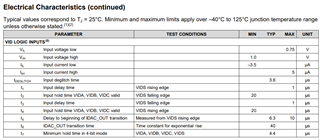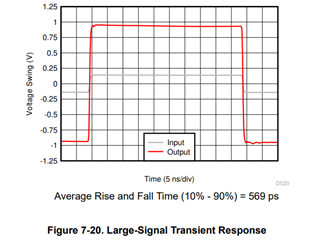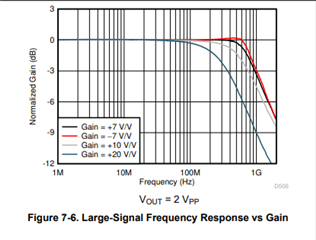Other Parts Discussed in Thread: DAC53204, DAC8830, BUF802, OPA855, OPA189
Hello,
I should adjust the output voltage of my power supply very fast - the transient should settle down within 1us! The VID control of LM10011 is what I want but it looks this device has quite a delay as below. Could you suggest any other DAC device that can support my requirement?

Thank you a lot!





